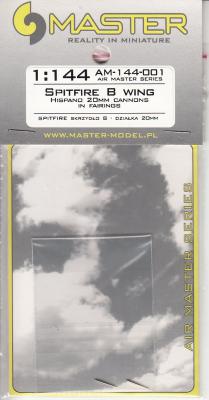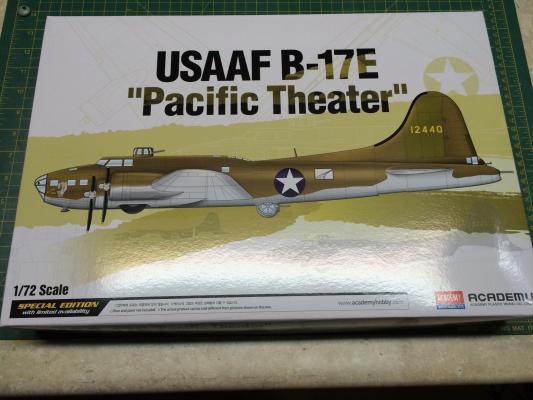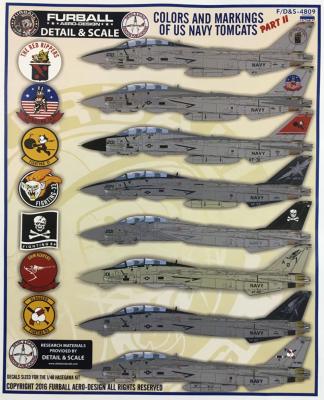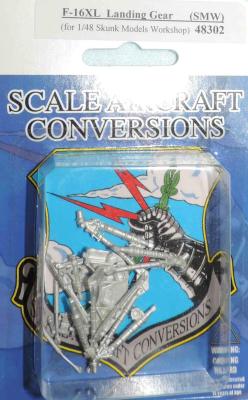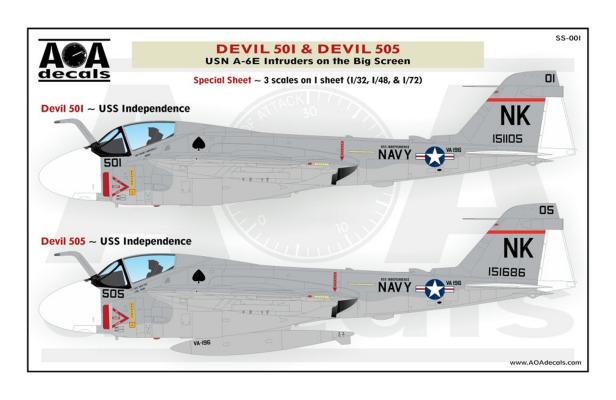Master Model produces beautiful little brass parts for aircraft. Their particular thing is those easily broken and lost parts, pitot tubes and wing guns. I also recently did a review on their gun barrels for the 1/144 Ju-87G Stuka, another set of easily broken parts.
The instructions are pretty basic, so you need to have some modeling experience to figure out what to do. On the other hand, once you’ve done one of these, it becomes pretty clear what the instructions want you to do.
Assembly
I started with Minicraft Spitfire Vc which has been on my shelf for a while. I began by cutting off the kit supplied guns with a sprue cutter. Master makes their guns a little longer so there’s a solid mating surface between the kit wing and the cannon barrel.











